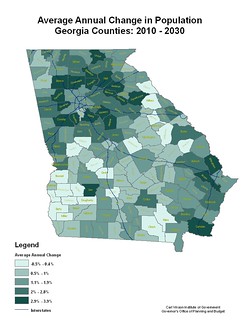 Valdosta resident Forrest H. Williams replied in the VDT today to
my op-ed of 6 January.
His information seems a bit out of date.
For example, he cites
Progress Energy’s Crystal River nuke
as a good example, when it’s been
down since 2009
and is still
producing zero percent power,
both according to the NRC.
Readers of this blog know that
the blog version of my op-ed
already links to sources for everything I said.
I may respond more later, but no doubt there are other people
who want to get involved in this discussion.
And I do thank Forrest H. Williams for airing the sort of disinformation
that is out there, so others can dispel it.
Valdosta resident Forrest H. Williams replied in the VDT today to
my op-ed of 6 January.
His information seems a bit out of date.
For example, he cites
Progress Energy’s Crystal River nuke
as a good example, when it’s been
down since 2009
and is still
producing zero percent power,
both according to the NRC.
Readers of this blog know that
the blog version of my op-ed
already links to sources for everything I said.
I may respond more later, but no doubt there are other people
who want to get involved in this discussion.
And I do thank Forrest H. Williams for airing the sort of disinformation
that is out there, so others can dispel it.
Oh, and saying water that is evaporated is not lost is like saying trees that are burned are not lost. Evaporated water is not available for agricultural or wildlife or drinking water use, and thus is indeed lost.
Continue reading










